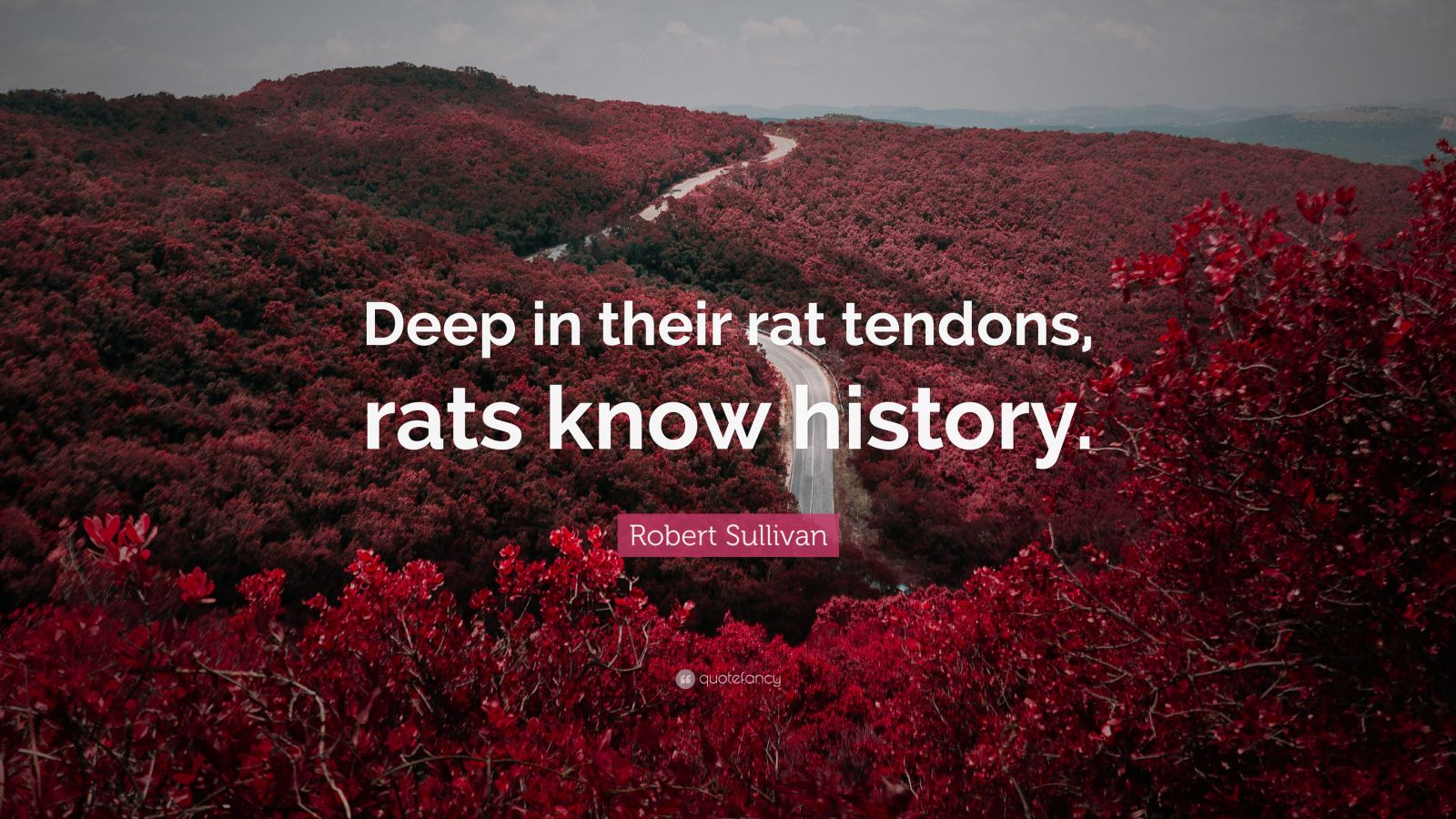
Rats are filthy scavengers, common vermin, and beneath our notice. Most natural history books are about wolves and condors and such, representatives of some distant and vanishing wilderness. (Apr.Rats don't get much love from nature writers. This book is a must pickup for every city dweller, even if you'll feel like you need to wash your hands when you put it down.

These feelings, coupled with his ability to literally and figuratively insert himself into the company of his hairy neighbors, help to personalize the myriad of topics-urban renewal, labor strikes, congressional bills, disease control, September 11-that rats have nosed their way into over the years.

Like any true New Yorker, Sullivan is able to convey simultaneously the feelings of disgust and awe that most city dwellers have for the scurrying masses that live among them. Researching the names of the streets and landmarks near the rats' homes, Sullivan is led even deeper into the city's history till he is back to the 19th century, when the real gangs of New York were the packs of rats that overran the city's bustling docks. Conversations and field studies with "pest control technicians" spirit him back to 1960s Harlem, when rat infestations played a part in the Civil Rights movement and the creation of tenants' organizations. Observing a group of rats in a New York City alley, just blocks from a pre–September 11 World Trade Center, leads Sullivan into a timeless world that has more twists than Manhattan's rat-friendly underbelly.

you are within close proximity to one or more rats having sex"), Sullivan quickly focuses in on the rat's seemingly inexhaustible number of connections to mankind. After pointing out a host of facts about rats that are sure to make you start itching ("if you are in New York. In this excellent narrative, Sullivan uses the brown rat as the vehicle for a labyrinthine history of the Big Apple.


 0 kommentar(er)
0 kommentar(er)
